In the lush depths of the world’s jungles, a quiet crisis is unfurling faster than most people realize. As biodiversity hotspots, these ecosystems are home to an incredible array of species, many of which are teetering on the brink of extinction due to deforestation, climate change, and human encroachment. The disappearance of these species represents not only a loss of biological diversity but also a threat to the intricate web of life that sustains the jungles’ delicate balance. Here are 13 jungle species vanishing at an alarming rate and why their loss is a wake-up call for us all.
1. Sumatran Orangutan
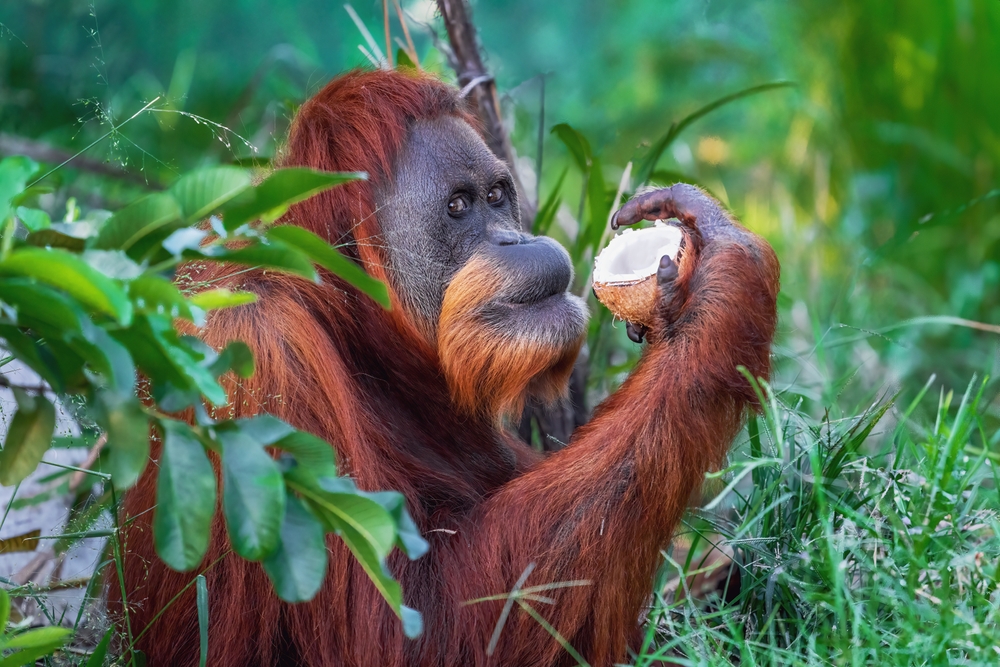
The Sumatran orangutan is a charismatic member of the great ape family, known for its striking red hair and gentle nature. But even as one of our closest relatives, its numbers are dwindling at a terrifying pace due to illegal logging and palm oil plantations. The International Union for Conservation of Nature (IUCN) estimates that fewer than 14,000 individuals remain in the wild, a stark reminder of the severe impact human activities have on their habitats. The loss of these intelligent creatures would be not only a tragedy for biodiversity but also a reflection of our failure to protect our closest kin.
A WWF report highlights how deforestation in Sumatra has been driven by demand for palm oil, underscoring the complex relationship between consumer habits and species survival. The palm oil industry, while economically beneficial, often comes at the cost of vital habitats. For people, choosing products with sustainable certification can be a direct way to influence this issue. By supporting companies that prioritize ethical sourcing, you help preserve the homes of these incredible primates.
2. Harlequin Toads
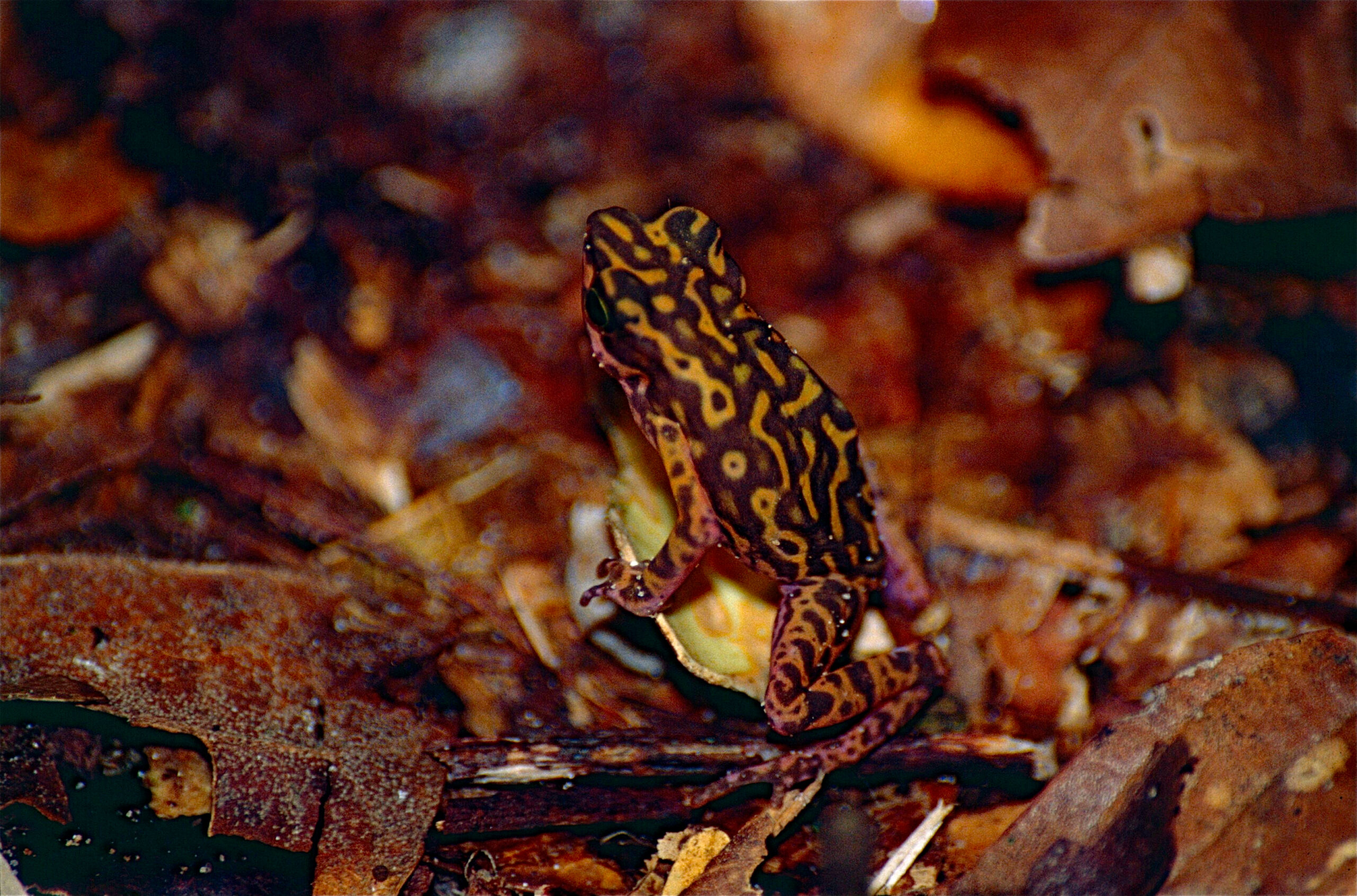
Harlequin toads, with their vibrant colors and intricate patterns, are the jewel-like amphibians of Central and South American rainforests. Unfortunately, their beauty has not shielded them from the devastating effects of chytrid fungus, a disease that has decimated amphibian populations worldwide. Despite their striking appearance, many species within this group are critically endangered or possibly extinct. The toads’ plight is a harrowing indicator of broader environmental and disease challenges facing amphibians globally.
The importance of preserving these toads goes beyond their aesthetic appeal; they play a crucial role in maintaining ecological balance by controlling insect populations. Losing them could have ripple effects through their ecosystems, impacting both plant life and other animal species. For you and other nature enthusiasts, supporting conservation efforts and research into disease management is essential. Education and awareness can also drive change, prompting policy shifts and encouraging the development of strategies to combat the spread of chytrid fungus.
3. Bengal Tiger
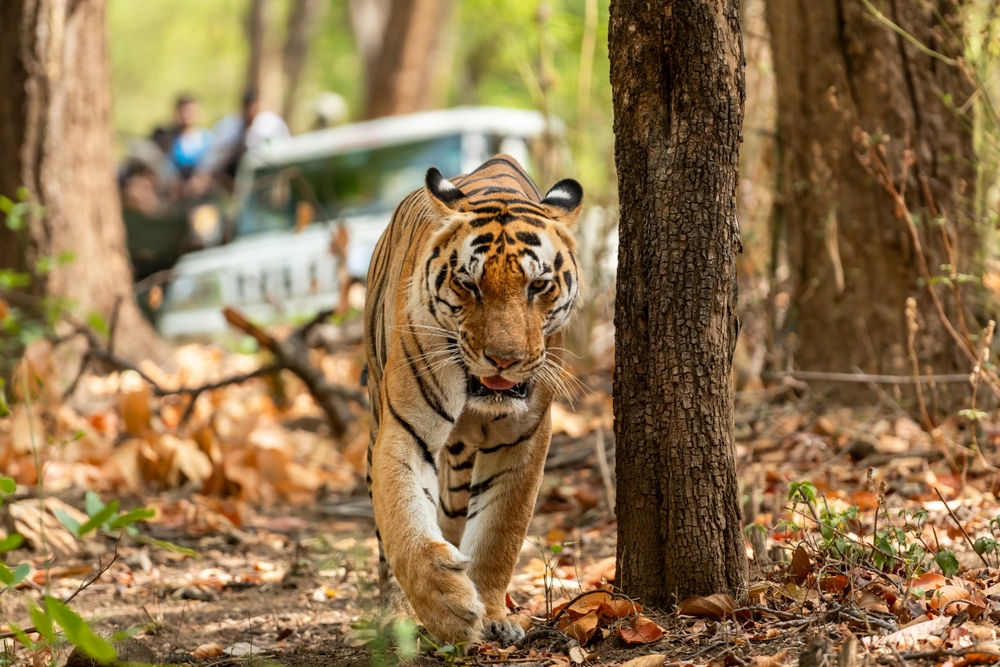
Majestic and powerful, the Bengal tiger is an emblem of the wild, yet its future hangs in the balance. Habitat loss and poaching for the illegal wildlife trade have pushed this apex predator to the brink, with fewer than 2,500 mature individuals estimated to roam the jungles of India, Bangladesh, and surrounding areas. The World Wildlife Fund (WWF) states that tigers have lost 93% of their historical range, a staggering reduction that underscores the severity of their plight. Without urgent action, these iconic big cats could vanish entirely from the wild.
The survival of Bengal tigers is vital not just for ecological reasons, but also for the cultural and economic well-being of the regions they inhabit. They attract tourism, which can be a sustainable source of income for local communities when managed responsibly. You can play a role by advocating for and supporting wildlife sanctuaries and conservation organizations. By raising awareness and contributing to preservation efforts, you help ensure that future generations can continue to be inspired by the awe-inspiring presence of the Bengal tiger.
4. Javan Rhinoceros
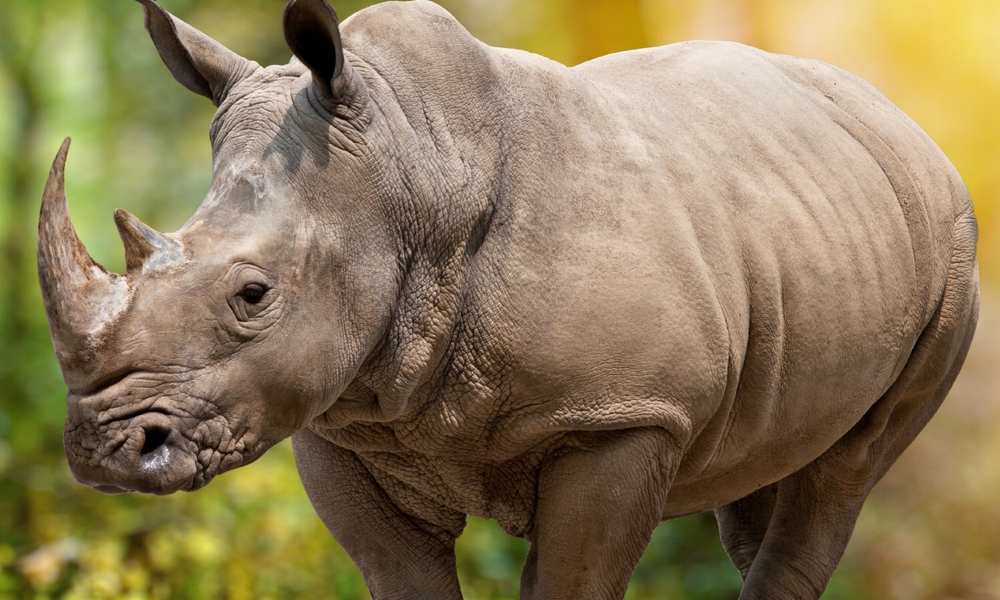
The Javan rhinoceros, one of the rarest large mammals on Earth, is found only in a tiny corner of Indonesia’s Ujung Kulon National Park. With fewer than 80 individuals remaining, this species is perilously close to extinction, primarily due to poaching and habitat destruction. Unlike its African cousins, the Javan rhino is the subject of less public attention, yet its plight is no less dire. Losing this species would mean the disappearance of a unique lineage that has survived millions of years.
The efforts to save the Javan rhino involve intensive monitoring and habitat protection, but these measures require sustained funding and international support. For you, this could mean supporting organizations that focus on habitat conservation and rhino protection. Raising awareness about the rhinos’ critical condition can also help generate the political will to implement more stringent protection measures. Every small action can contribute to the larger fight to prevent the extinction of the Javan rhinoceros.
5. Golden Lion Tamarin
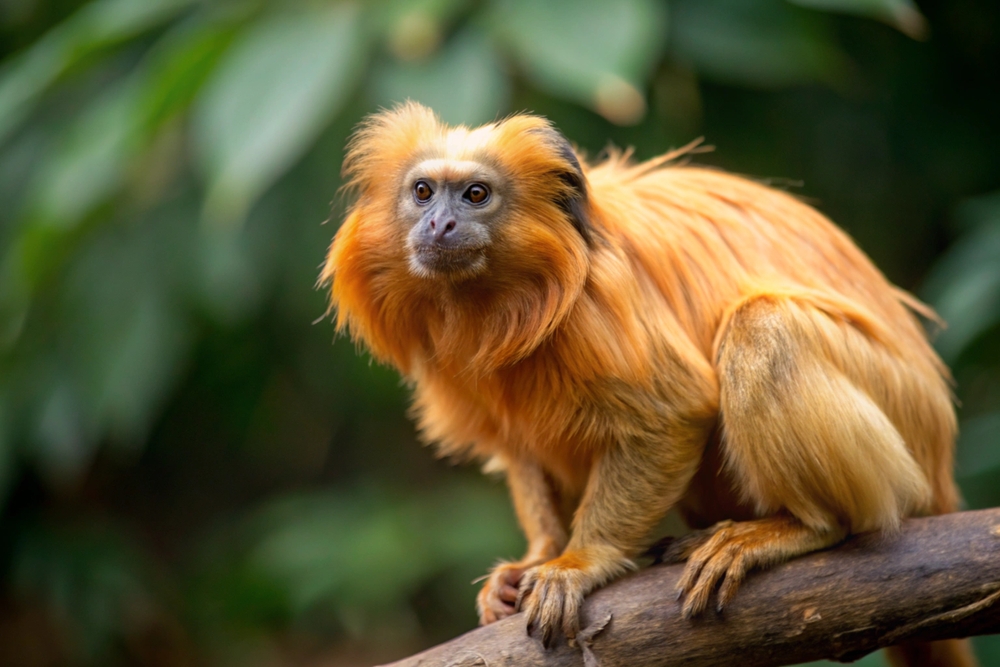
Sporting a mane of bright orange fur, the golden lion tamarin is a striking symbol of Brazil’s Atlantic Forest. Despite conservation efforts, these small primates face significant threats due to habitat fragmentation and deforestation. According to National Geographic, the tamarin population dwindled to just a few hundred in the wild during the 1970s but has since rebounded to around 3,200 through successful reintroduction programs. However, ongoing habitat loss poses a persistent threat to their survival.
The story of the golden lion tamarin is a testament to the power of conservation and collaboration. It highlights the importance of creating and maintaining wildlife corridors that allow these primates to move freely between forest fragments. You can contribute to these conservation efforts by supporting organizations focused on habitat restoration. Additionally, spreading awareness and advocating for sustainable land management practices can drive the change needed to secure a future for this vibrant species.
6. Kakapo Parrot
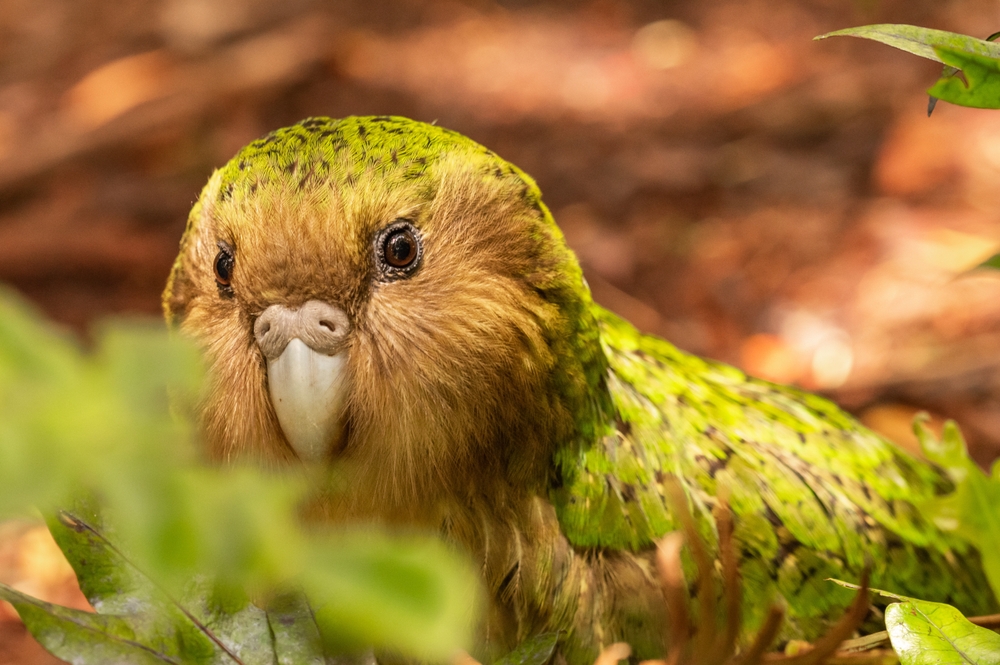
Imagine a bird that looks like a cross between an owl and a parrot, with a penchant for night-time activities and an inability to fly. That’s the kakapo, a flightless parrot native to New Zealand, and it’s one of the world’s most critically endangered species. With a total population of only about 200 birds, each kakapo is closely monitored, and breeding programs are painstakingly managed to boost their numbers. The kakapo’s struggle for survival is a poignant reminder of the fragility of island ecosystems.
The kakapo’s plight is largely due to introduced predators that have decimated its numbers over the years. Conservation efforts involve predator-free sanctuaries and intensive management, illustrating the lengths needed to protect such vulnerable species. You can support these efforts by donating to conservation programs dedicated to the kakapo’s recovery. Educating yourself and others about the impact of invasive species can also help prevent similar ecological tragedies elsewhere.
7. Amazonian Manatee
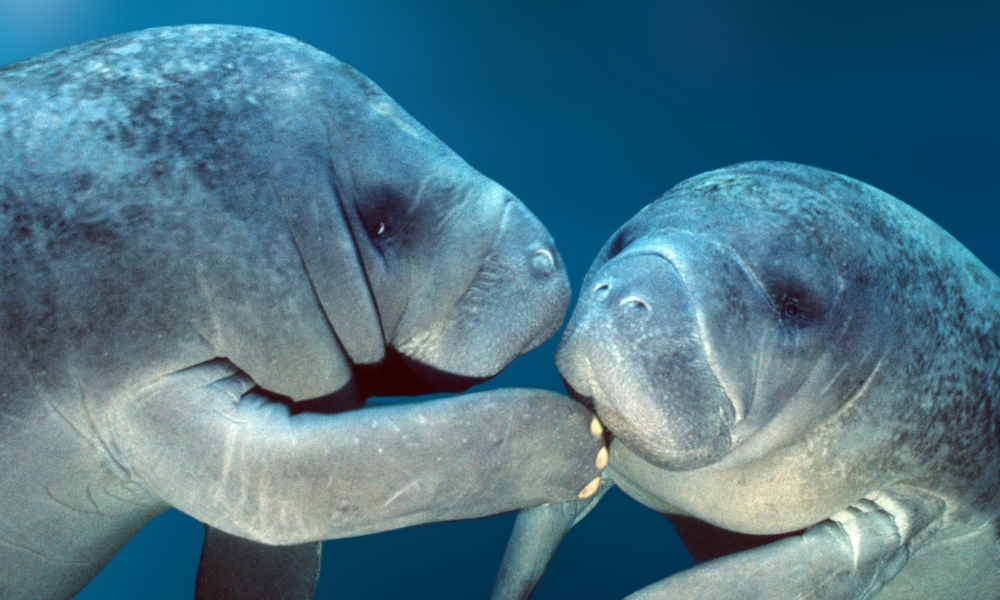
The Amazonian manatee glides gracefully through the freshwater rivers of the Amazon Basin, yet its existence is increasingly threatened by human activity. Habitat degradation, illegal hunting, and climate change are major threats to this unique aquatic mammal. The Wildlife Conservation Society notes that precise population numbers are difficult to determine, but the species is classified as vulnerable due to the ongoing threats it faces. As one of the few freshwater manatees in the world, its survival is crucial for maintaining the aquatic ecosystems of the Amazon.
The Amazonian manatee plays a vital role in its environment by grazing on aquatic vegetation, which helps maintain healthy water ecosystems. Protecting this gentle giant requires concerted efforts to combat poaching and preserve its habitat. For you, supporting eco-friendly initiatives and advocating for stronger protection laws can contribute significantly to these efforts. Understanding and promoting the importance of aquatic biodiversity can drive collective action towards preserving this fascinating species.
8. Saola

Known as the “Asian unicorn” due to its elusive nature, the saola is one of the world’s most mysterious mammals. Discovered only in 1992 in the Annamite Range of Vietnam and Laos, it is critically endangered with an unknown population size. Habitat loss and poaching threaten its survival, and the species has rarely been seen in the wild. The saola’s plight emphasizes the challenges of conserving species that are poorly understood and rarely encountered.
Efforts to save the saola focus on habitat protection and anti-poaching measures, but the lack of sightings makes these endeavors particularly challenging. Raising awareness about the saola can help generate much-needed support for these conservation initiatives. For you, engaging with organizations dedicated to protecting the biodiversity of the Annamite Range can make a difference. Highlighting the need for research and conservation funding can also help bring attention to this enigmatic creature’s fate.
9. Bornean Pygmy Elephant
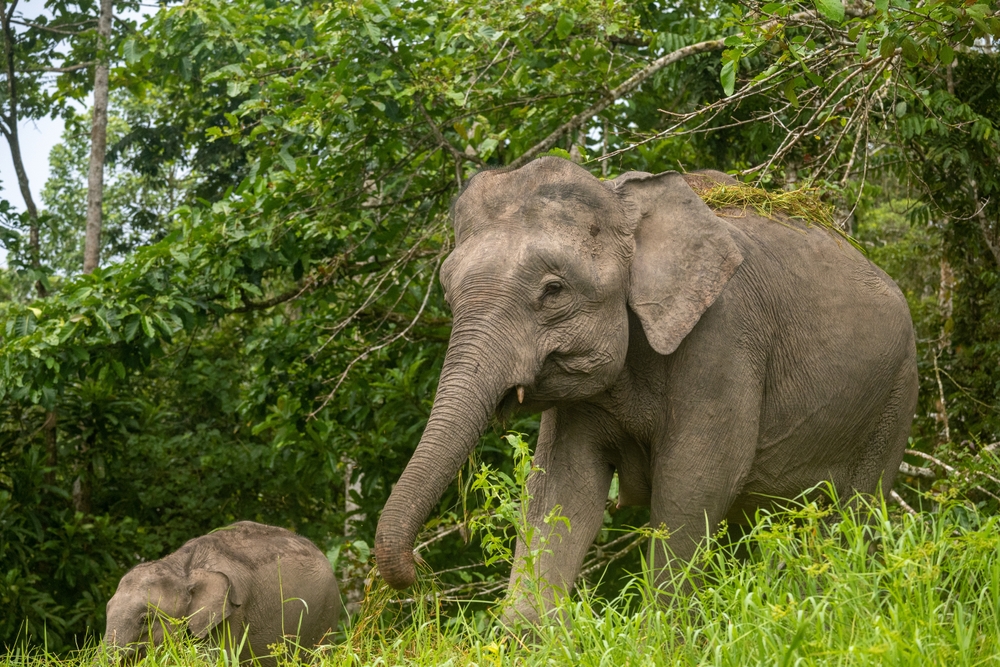
Bornean pygmy elephants, the smallest of their kind, are unique to the island of Borneo. Despite their diminutive size, these gentle giants face significant threats from deforestation and habitat fragmentation driven by logging and palm oil agriculture. With only about 1,500 individuals remaining, according to the WWF, their survival is increasingly precarious. The loss of these elephants would be devastating for the biodiversity of Borneo and the complex ecosystems they help maintain.
Conservation efforts are focused on habitat protection and reducing human-elephant conflict, which often arises from competition for land. You can support the preservation of Bornean pygmy elephants by advocating for sustainable palm oil production and supporting conservation projects. Raising awareness about the environmental impact of consumer products can also help drive demand for sustainably sourced goods. Every choice you make as a consumer has the potential to influence the future of these remarkable creatures.
10. Madagascar Lemurs
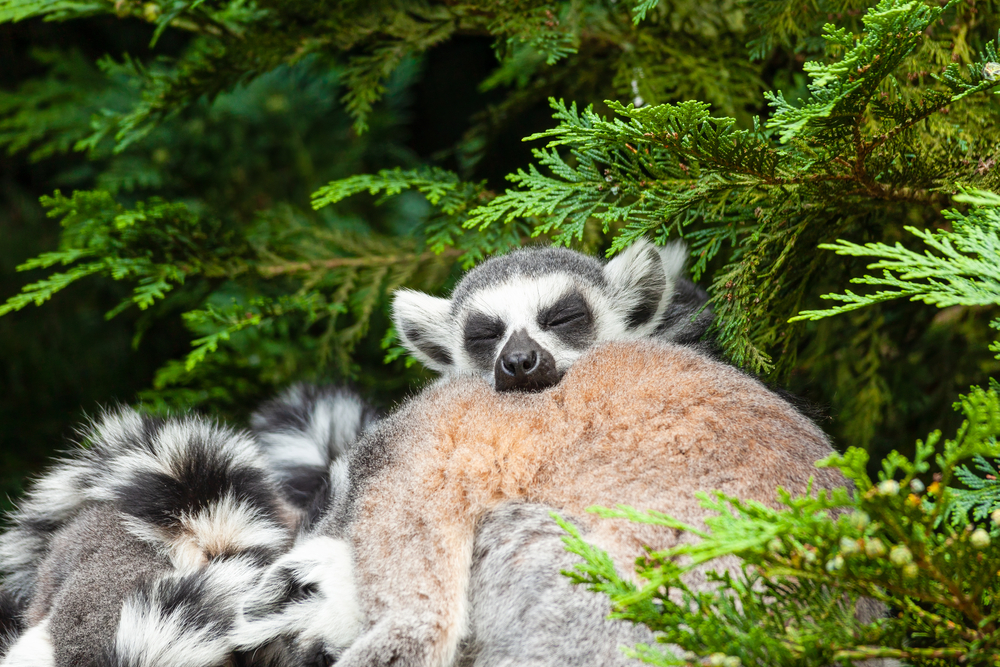
Madagascar is home to an astonishingly diverse array of lemur species, many of which are now critically endangered. Habitat destruction, hunting, and the illegal pet trade have driven numerous lemur species to the brink of extinction. According to the IUCN, more than 90% of lemur species are threatened, making them the most endangered group of mammals in the world. The decline of lemurs is a stark warning about the environmental challenges facing Madagascar’s unique biodiversity.
The survival of lemurs is crucial for maintaining the ecological balance of Madagascar’s forests, where they play a key role in seed dispersal and forest regeneration.
Supporting conservation initiatives and sustainable tourism are ways you can help protect these primates. Raising awareness about the plight of lemurs can also drive international support and funding for conservation efforts. By championing the cause of lemurs, you contribute to the broader fight to save Madagascar’s irreplaceable natural heritage.
11. Philippine Eagle
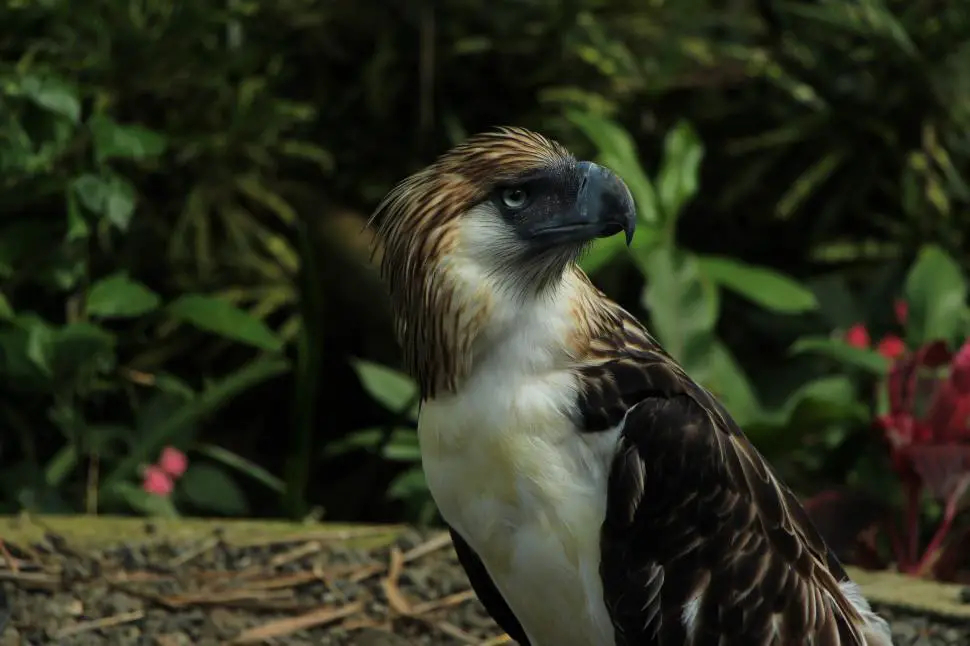
The Philippine eagle, one of the world’s largest and most powerful birds of prey, is critically endangered due to deforestation and hunting. With fewer than 400 pairs remaining, this majestic raptor is fighting for survival in the dwindling forests of the Philippines. Habitat conservation is critical for the eagle’s survival, as they require vast territories to thrive. The species’ decline serves as a poignant reminder of the environmental challenges facing the Philippine archipelago.
Efforts to save the Philippine eagle involve protecting its forest habitat and implementing breeding programs to boost its population. You can support these efforts by advocating for stronger environmental protection laws and supporting reforestation projects. Raising awareness about the eagle’s plight can also help garner international attention and funding. By taking action, you contribute to preserving one of the world’s most magnificent birds for generations to come.
12. Western Lowland Gorilla
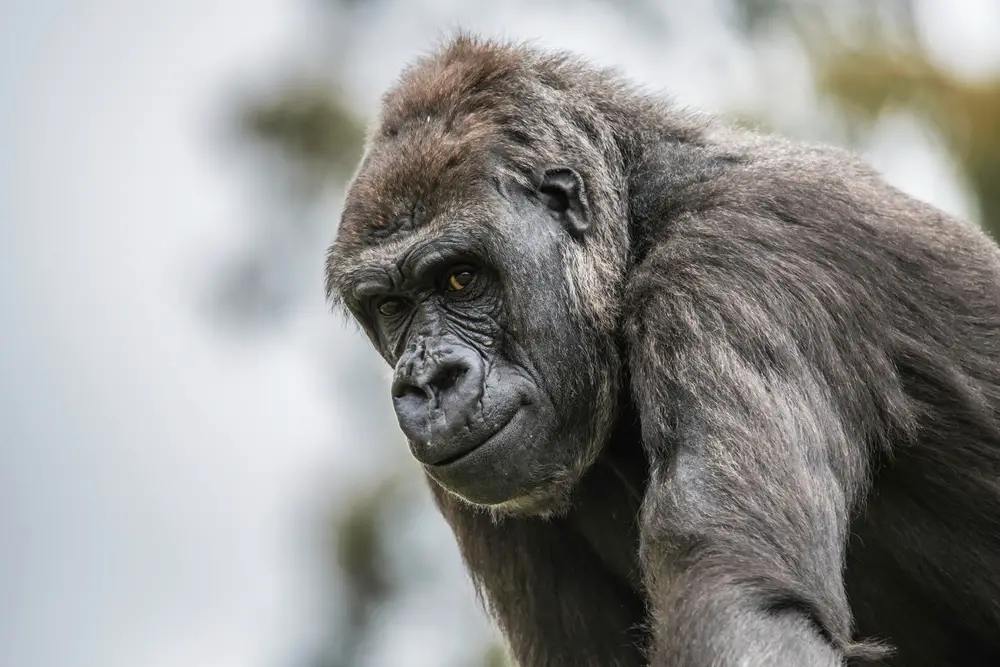
The western lowland gorilla, found in the dense rainforests of Central Africa, is critically endangered due to poaching, disease, and habitat destruction. Despite being the most numerous of all gorilla subspecies, their population is rapidly declining, with recent estimates suggesting a loss of more than 60% over the last 25 years. Conservation efforts focus on anti-poaching measures and habitat preservation, but the challenges are immense. The plight of the western lowland gorilla underscores the urgent need for comprehensive conservation strategies.
You can contribute to the survival of these gorillas by supporting organizations that focus on wildlife protection and community-based conservation. Educating people about the threats facing gorillas can also help drive demand for stronger protective measures. By promoting sustainable practices and advocating for the enforcement of anti-poaching laws, you help safeguard the future of these great apes. Every effort counts in ensuring that the western lowland gorilla continues to thrive in its natural habitat.
13. Black Spider Monkey

The black spider monkey, an agile dweller of South American tropical forests, faces the threat of extinction due to habitat destruction and hunting. These primates play a crucial role in seed dispersal, making them integral to forest regeneration and biodiversity. With populations decreasing, the black spider monkey serves as a critical indicator of the health of its ecosystem. Protecting these primates is vital for the conservation of the rich biodiversity found in their forest homes.
Efforts to save the black spider monkey focus on habitat conservation and anti-hunting initiatives. You can support these efforts by backing organizations dedicated to preserving the rainforests of South America. Raising awareness about the interconnectedness of species and ecosystems can also drive change in conservation policies. By taking action to protect the black spider monkey, you play a part in preserving one of the planet’s most vibrant and vital ecosystems.
